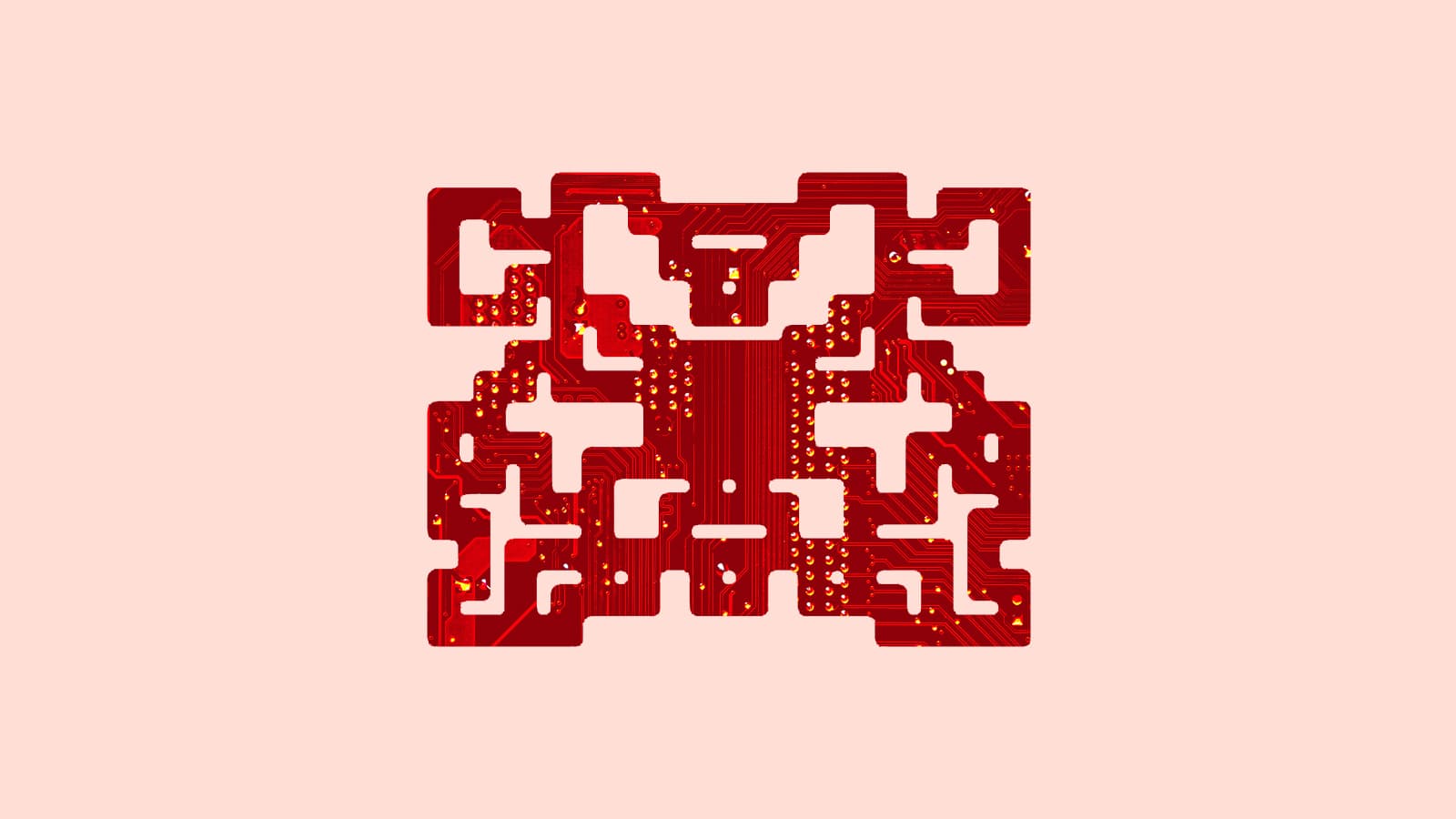What the Hack Is Malware?

Because I spent a considerable chunk of my childhood leisure time in video stores, my brain has been conditioned (or, should I say, corrupted) to the point that it is able to find a 90s cinematic parallel for just about every subject imaginable. Romance: Defending Your Life; Anxiety: What About Bob; Friendship: Waiting to Exhale; Blending in at the office: Don’t Tell Mom the Babysitter’s Dead; The Law: My Cousin Vinny. In keeping with this trend, I will forever associate all things related to computers and the internet—from the beeps and hums of old-school modems to futuristic web-based technologies not yet invented—with the 1995 film, The Net.
Irwin Winkler’s cyber-thriller was an early predictor of how the internet would make our lives easier. Its protagonist, Angela Bennett (Sandra Bullock), worked from home on her computer, made friends on the computer, planned vacations on the computer, and even ordered food…on the computer! But The Net is not a fairytale, it’s a cautionary one that warns about the perils of Being Online. Bennett’s plugged-in life is depicted as hermetic, and her connection with the computer is framed as not only pathetic, but dangerous. As the story of a cybersecurity expert whose life is nearly destroyed by a nasty piece of malware (and cyber-terrorists who created it), The Net is thrilling. But as a primer on online security and malware itself...it hasn’t aged well.
mal·ware
noun /ˈmalwer/
a software specifically designed to damage or interfere with a computer's normal functioning
To fill in all the gaps of my Net-centric education, I spoke with Kate Fazzini, cybersecurity reporter for CNBC and author of the book Kingdom of Lies: Unnerving Adventures in the World of Cybercrime. She tells me that malware (a portmanteau of “malicious software”) has, over the years, become a “catch-all” term for the category of cyberattacks that include viruses, trojans, worms, and ransomware. If it’s a piece of software that can be sent to your computer with the intention of causing you (or your hardware) any trouble, it’s malware. Simple as that.
But why does it exist? Fazzini says reasons for developing and transmitting malware “run the gamut.” Some viruses are created simply to annoy their hosts. Others scrub your software for data its creators can use or sell for their own gain—and potentially to your detriment. And then there’s ransomware, a diabolical subcategory of malware that renders devices of its unassuming victims unusable until they are paid—wait for it—a ransom, often in the form of cryptocurrency. (Quite the cinematic type of malware!) “A lot of people have told me they are afraid [Internet of Things] devices are going to be next,” Fazzini warns, adding that it’s the “scariest” thing about modern malware. Picture it: You’re trying to go to work in the morning, only to discover that your new, internet-connected car has been infected with ransomware that prevents you from starting the ignition until you cough up $500 and send it to some anonymous career criminal in Eastern Europe. “If it’s connected, it’s in danger,” she says, predicting: “We’re going to be annoyed to death by ransomware.”
And then there’s ransomware, a diabolical subcategory of malware that renders devices of its unassuming victims unusable until they are paid—wait for it—a ransom, often in the form of cryptocurrency. (Quite the cinematic type of malware!)
But there’s a bright side, mostly because the internet landscape has changed so much since Sandra Bullock whacked Jeremy Northam in the face with a fire extinguisher at a San Francisco software conference. In the 80s and 90s, there were fewer internet service providers and fewer computers connected to them, so the potential for malware to spread catastrophically was high. Just take a look at the Morris Worm, an “intellectual exercise” gone awry that ultimately infected about 10% of all internet-connected computers in 1988, causing millions of dollars in damage. It was one of the first times malware made national headlines, Fazzini says, and it terrified a lot of people. (The worm itself was probably a major inspiration for most of those 90s cybersecurity thrillers we all know and love, The Net included.) But these days, with all our devices connected to different networks (our home ISP, our cell phone provider, etc.), it’s harder for a single piece of malware to cause that much damage. But, Fazzini says, if you’re truly worried about your private communications, using a virtual private network (VPN), and changing your passwords regularly will “keep most people in the clear.”
Though it couldn’t hurt to avoid visiting any site with the Praetorian logo—especially the homepage for Mozart’s Ghost. We all know how that ended for Ruth Bennett.
For more reading on malware, check out Fazzini’s book, Kingdom of Lies: Unnerving Adventures in the World of Cybercrime. She also recommends Clifford Stoll’s true crime classic, The Cuckoo's Egg: Tracking a Spy Through the Maze of Computer Espionage.
Looking for more info?
Visit our online safety hub for the latest breach report and a complete guide to staying secure on the internet.
Sign up to receive news and updates about Dashlane
